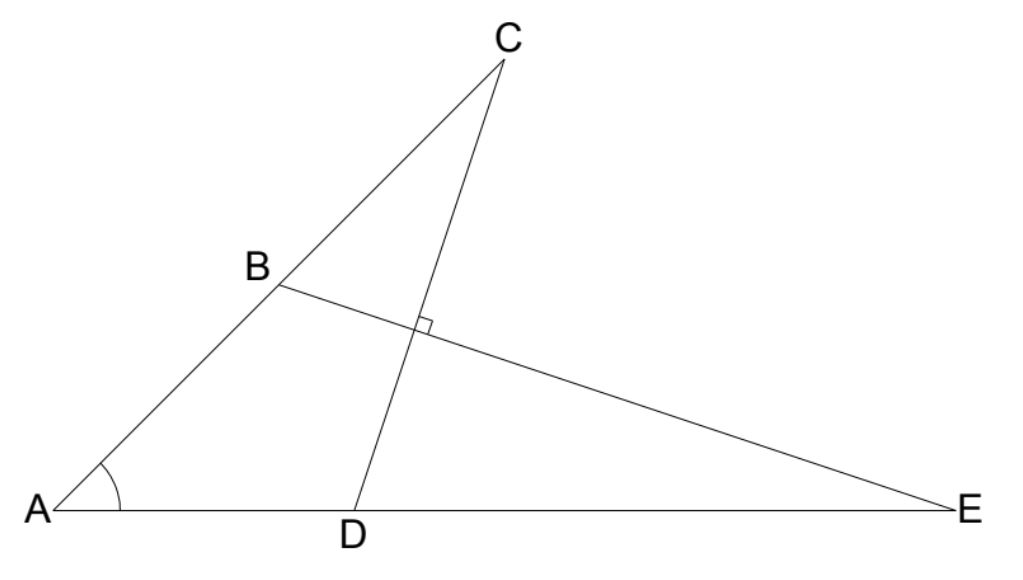A quotation has been hidden in the large grid below. The first word can be read off (left, right, up, down, but not diagonally), and its letters eliminated. Later words in the quotation may not be made of consecutive letters until the letters of previous words have been eliminated. All the letters in the grid will be used exactly once then eliminated.
As an example, the phrase ‘In the nick of time’ has been hidden in the example grid:
“4, 3, 6, 3, 8: 3, 8, 3, 5, 9. 3, 2, 3, 4, 5, 3, 6”






